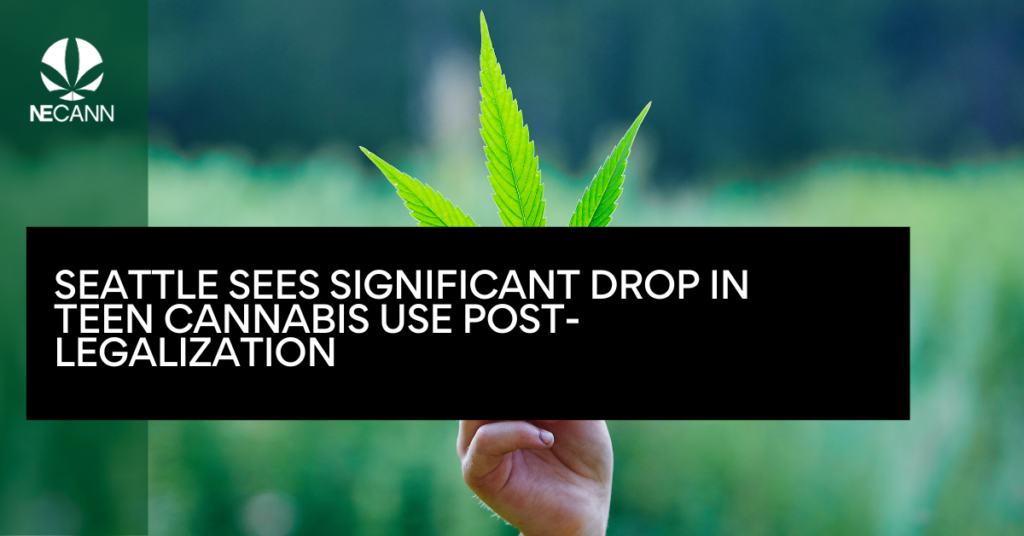Recent data released by the U.S. Centers for Disease Control (CDC) highlights a substantial decrease in teenage cannabis use in the Seattle, Washington area dating back to 2008. The analysis suggests that the state’s cannabis legalization policy implemented in 2012 may have played a significant role in this observed decline. The report underscores the potential impact of regulatory changes on youth cannabis consumption trends, emphasizing the need for continued research and evaluation in the evolving landscape of cannabis policies.
The report, highlighted by cannabis advocacy group NORML, emphasizes reductions in cannabis consumption among eighth-, tenth-, and twelfth-grade students. The observed trend is suggested to be linked to changes in cannabis availability for individuals aged 21 and above, as well as limited opportunities for younger individuals to engage in its use.
According to an excerpt from the CDC analysis, “The legalization of nonmedical cannabis for adults aged ≥21 years in Washington with licensed dispensaries requiring proof of age might have affected availability of cannabis to younger persons as well as their opportunities to engage in its use. This, in turn, might have had an impact on use prevalence.”
This correlation between adult-use cannabis legalization and decreased youth cannabis use echoes findings from various studies. In 2020, Canadian researchers reported a 50% drop in teenage cannabis use following the federal legalization of cannabis in Canada. A study published by JAMA Pediatrics a year prior noted an 8% decline in high schoolers using cannabis within the last month.
These findings add to the growing body of evidence suggesting a potential positive impact on youth cannabis consumption rates following the legalization of cannabis for adults. The data underscores the importance of continued research and analysis as more regions explore cannabis policy changes.
Stay informed with daily cannabis business news updates by subscribing.



